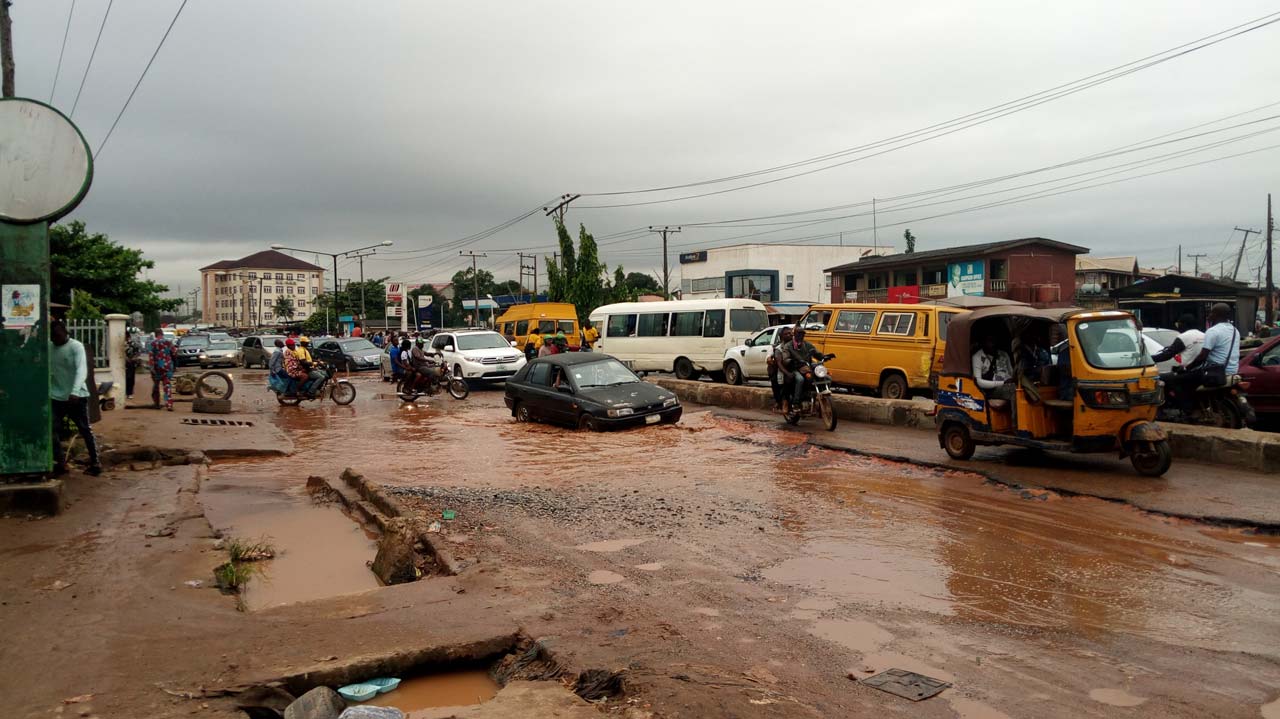Lagos: a stress test for urbanization
To summarize the challenges facing cities in the developing world in the decades to come, one could look at the biggest city in the biggest economy in Africa: Lagos. Nigeria’s commercial capital, the city has a bustling seaport, is a cultural hub and a rapidly growing tech incubator. It also struggles with explosive population growth, income inequality, insufficient infrastructure, pollution, social upheaval, exposure to climate change, and serious contestation over governance and public order – challenges that are difficult to disaggregate from each other analytically.

That analytical challenge begins with the difficulty of defining the city itself. Official estimates of the city’s population put it on par with London, while other estimates suggest a population in the range of 20 million, which would make it one of the largest conurbations on the planet, and growing rapidly. “Lagos” is also several overlapping but not fully contiguous things: a city, a state, and a metropolitan area stretching into the adjacent state, making both definition and governance more complex.
The first issue a visitor to Lagos might notice is the infrastructure. The city’s only airport, Murtala Muhammed International, is a crumbling 1970s-era structure, a far cry from the much newer and more efficient terminals in Abuja, Dakar, Cairo and other African cities. Leaving the airport means driving, and instantly coming into contact with one of Lagos’s most severe challenges: the state of its roads. Overuse and insufficiently-funded maintenance leave road surfaces in terrible shape, while the high average age of the vehicles on the road and the poor quality of fuel leaves them shrouded in abysmally high levels of air pollution.

The state government has attempted to redress the issue with a Bus Rapid Transit system, using segregated lanes and a ferry network leveraging the city’s waterways. However, the efforts thus far represent a drop in the bucket relative to the need, especially given its concurrent ban on more space-efficient (if not especially safe or clean) motorcycle and tricycle taxis.
And that need is only increasing. With prime land close to the city’s central business district largely being used to build expensive properties (many of which are not fully occupied), and other central areas occupied by informal settlements constantly at risk of being cleared by the state to make room for more high-end development, working- and middle-class Lagosians are pushed farther out in search of affordable housing. Many of those workers still need to commute to the city’s core, which increases the strain on the road network and, in turn, leads to more pollution and congestion.
Stuck in traffic, visitors to Lagos might well see another sign of the city’s extreme inequality: groups of young children and people with severe disabilities, cut out from other forms of employment and not provided with an effective safety net, begging by tapping on the windows of new Mercedes or Lexus SUVs.
The social upheaval of the last few years is hard to separate from the larger travails of Nigeria, but the impacts are especially acute in Lagos. During the “End SARS” protests last autumn, protestors set up camp around the Lekki Toll Gate, on a main artery running through a prosperous outlying neighborhood. After two weeks of mostly peaceful protests, the state declared a total curfew and, hours later, armed officers opened fire, killing at least a dozen and leading to widespread looting and destruction. The immediate protest movement has dissipated but the underlying tensions have not, especially as Nigeria’s oil-driven economy continues to shudder under the weight of the global economic slowdown caused by COVID-19.

The pandemic, thankfully, has not hit Lagos as hard as many other cities. The Nigerian Centre for Disease Control has registered some 55,000 cases and 403 deaths from the disease in Lagos State as of this writing – a fraction of the number in New York City or London. The real toll is surely higher, given limited testing capacity, but there is no evidence that it is orders of magnitude higher. Absent some change, however, the biggest COVID-19-related danger to the city is not the virus itself, but the attendant collapse of oil prices, which has hit the expensive and risk-laden Nigerian oil and gas sector particularly hard.
That in turn hints at the dynamics of a bigger long-term risk driven by factors far outside the city’s control: climate change. Lagos is also enormously exposed to the impact of rising temperatures. The city is built between the Gulf of Guinea and the city’s eponymous lagoon, and it is almost entirely at or near sea level. Even a relatively small rise would swamp the most vulnerable areas, wash through the city’s drainage system and create unpredictable but severe hazards during its intense rainy seasons.
A key part of the city’s approach to managing it has been to sign off on the construction of Eko Atlantic, a vast new district constructed of raised, dredged land, pushing the shoreline out several miles further. Once completed, Eko Atlantic will be – at least according to the publicity materials – a modern marvel, with glass-fronted skyscrapers, leafy pedestrianized boulevards and high-end storefronts and restaurants. In other words, it will look nothing like the rest of the city. But its building is very much in line with the story of Lagos: its construction will displace poorer residents, its protective effect is likely to be unequal at best, and its benefits will only be accessible to the city’s elite. It is not a silver bullet – though it will surely be priced like one.
That said, Lagos is an extraordinarily resilient place. Its challenges are not small, but they have never been – and yet it has become a hub for West African film, music, literature and business.

Its resilience is harder to quantify than those challenges, but it should not be disregarded; nor should the lessons it offers for the other cities worldwide that will face many of the same issues sooner or later.
